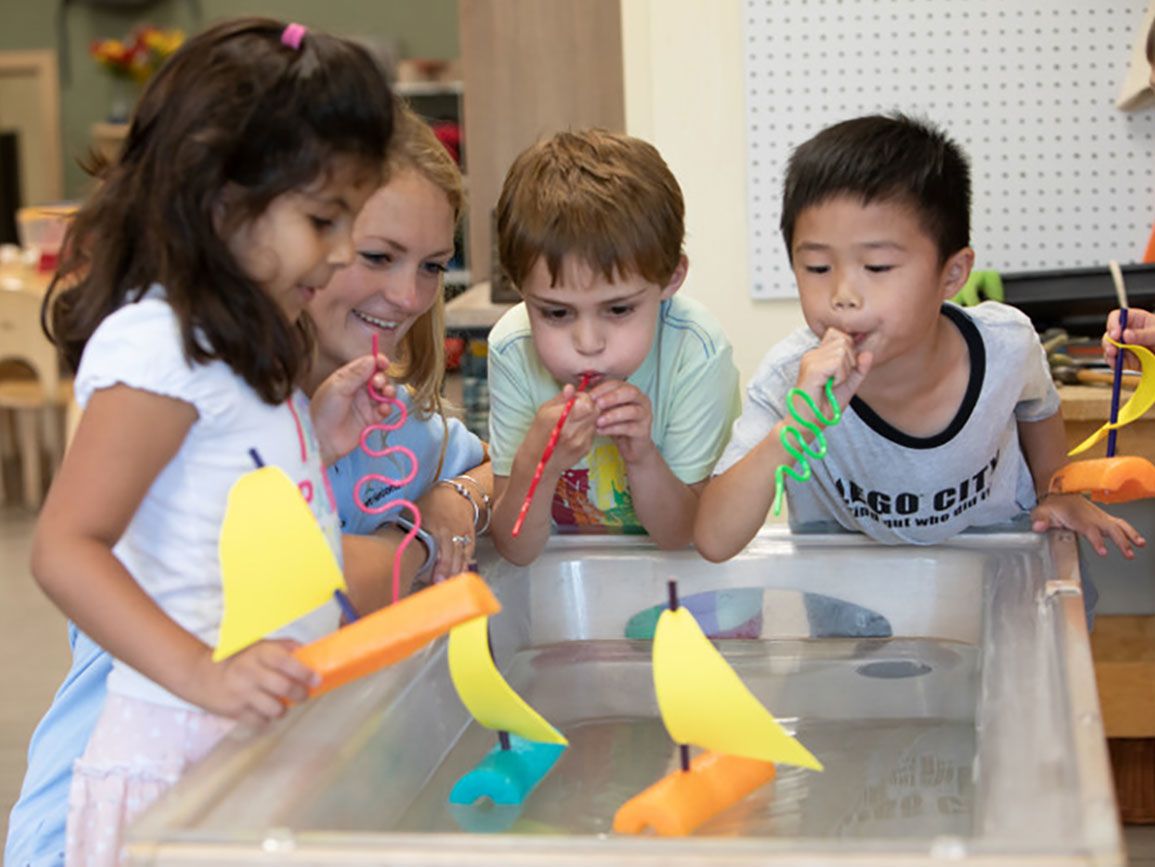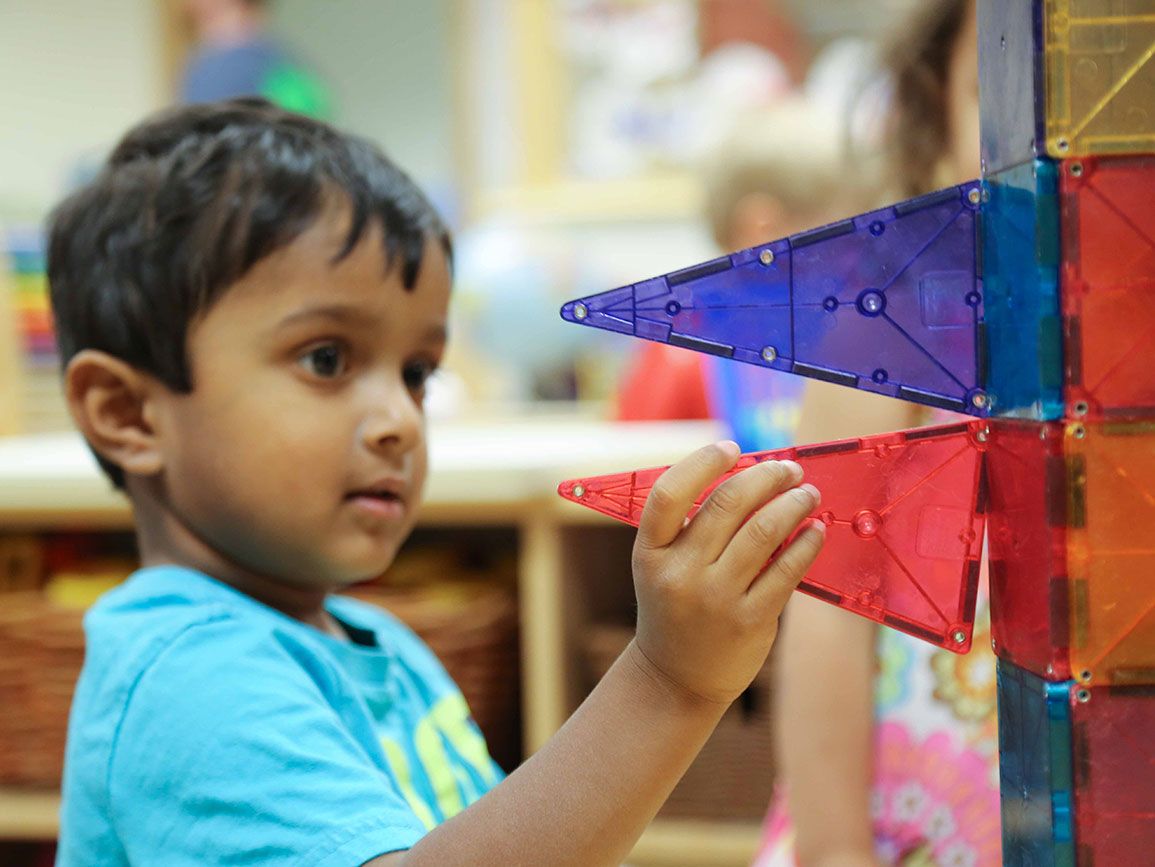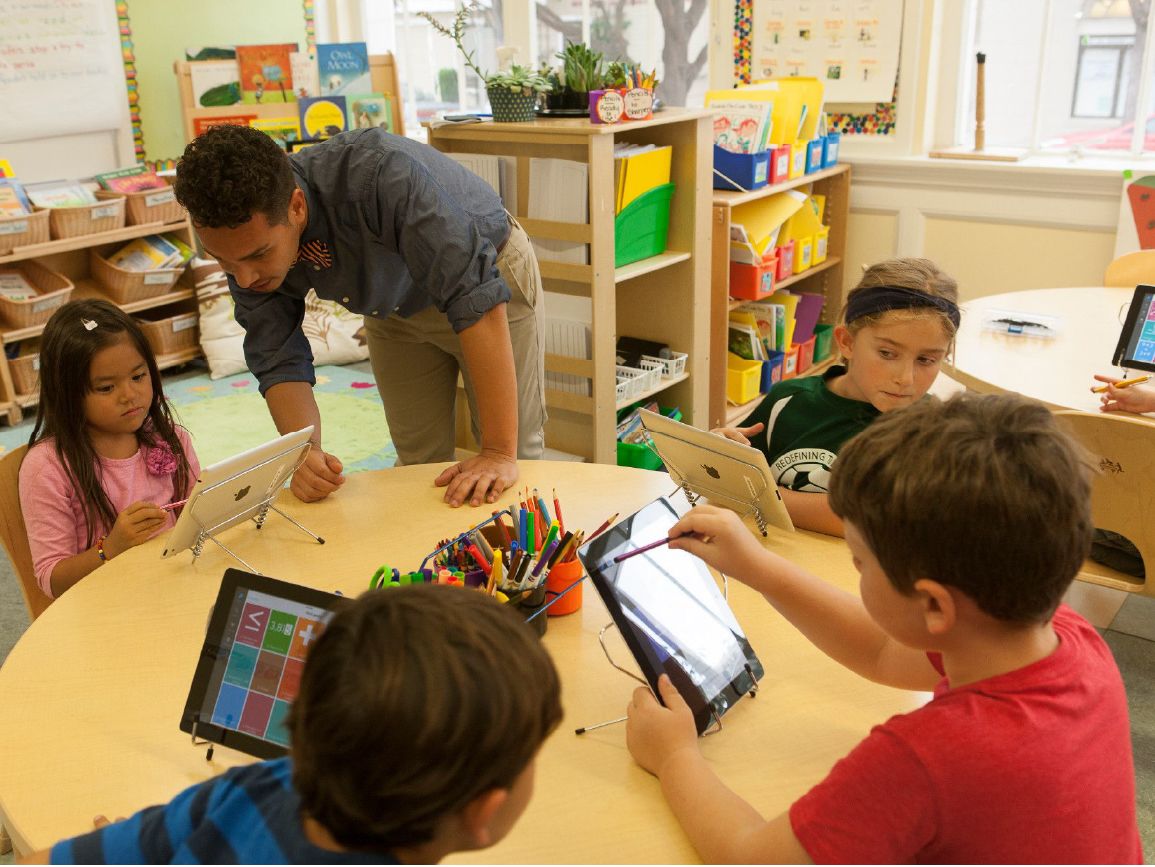When you think of physics, you might think of a professor or scientist working out complex formulas or scribbling notes on paper, but physics, at its most basic, is a subject that children find endlessly fascinating, accessible, and relevant.
What is Physics?
Physics is simply the study of matter and how it interacts with energy and forces, and includes the following topics, among others:
Teach Physics to Your Kids
Children are natural physicists. As they jump from play equipment, dangle from a tree, or topple a block structure, they’re learning about the world through play. Add a few simple physics activities and you can enrich your child’s learning even more, especially when you approach learning with the following teaching methods:
- Be genuinely curious. Ask questions and look for interesting problems to solve.
- Avoid dry, lengthy explanations. Find out what your child knows and wants to know instead.
- Use simple everyday materials and relevant experiences.
Physics Activities for Children
It’s okay if you don’t feel like you have an aptitude for science. Teaching children physics requires only a curious mind and an understanding that children learn through concrete means. Below are a few at-home physics experiments:
Magnets
Offer your child a magnet and together discover items around the house that are magnetic. Discuss why some items are magnetic and some aren’t.
Buoyancy
Explore with your child why some objects float and some sink. Fill the sink with water and drop various household objects, such as a paper clip, a sponge, a wooden spoon, and a metal spoon into the water. Why is it that some objects, such as a sheet of paper, float initially before they sink?
Or make a game of it with the old favorite, “Pooh Sticks,” from “Winnie the Pooh.” Drop sticks from one side of a bridge and race to the other side to see which stick appears first.
Gravity
Drop objects, such as socks, shoes, feathers, a flat sheet of paper, and a crumpled piece of paper, from a stair landing or high position. Do all things touch the ground eventually? Why do some objects seem to fall faster than others? Make paper airplanes to explore concepts of flight and gravity at the same time. Watch a bird in flight. Why doesn’t it fall to the ground?
Simple Machines
One of the basic principles of physics is that there are six simple machines that can make our work easier, are found in every aspect of daily life, and include the lever, inclined plane, wheel and axle, screw, wedge, and pulley. Here’s how to explore each of those:
- To explore inclined planes, help your child build ramps from PVC pipe or cut a pool noodle in half to race marbles and cars. Do the marbles move faster if the ramp is steeper? Why
- Learn about wheels and axles as you explore wheelbarrows, tricycles, and scooters. Use a wheelbarrow or toy dump truck to move dirt from one area to another.
- Explore wedges, screws, and levers with child-size tools. As your child grows, try child-sized versions of the real thing.
- Make a pulley or purchase one at a hardware store and experiment with lifting buckets of sand, blocks and other objects.
Motion and Inertia
Try rolling or pushing various objects, such as balls, a block, or a toy car. Why do some objects roll easily while others require more effort? Do heavy objects roll more easily than lightweight ones? Does the surface they roll on make a difference?
Light
Study shadows throughout the day. Why are they longer at certain times of the day than others. Do they look different when the sun is shining brightly versus when the day is overcast? Do they ever disappear altogether? Make shadows on a wall with a flashlight or play flashlight tag. Explore why light dispels darkness as soon as a light is turned on. Can darkness dispel light?
Heat/Energy
Keep a thermometer outside and record the temperature over several days or weeks. Notice any other conditions that accompany changes, such as a cloudy or rainy day. Demonstrate what happens to water when it is frozen or heated, and introduce the concept of properties of matter.
Webinar: A Parent’s Guide to STEM Education
Watch this parenting webinar from Bright Horizons to learn more about how you and your child can have fun at home with STEM, featuring Debbie Hoppy, education and curriculum director at Bright Horizons.
The principles of physics are the governing rules of the natural world. Although children might not appreciate complex formulas or explanations, they relish learning basic concepts through engaging exploration and play.
More on Teaching STEM
- Find science, technology, engineering, and math activities for your preschooler.
- Discover six ways you can promote STEM education in the kitchen.
- Discover five low-cost nature-based STEM activities you can do with your children.





